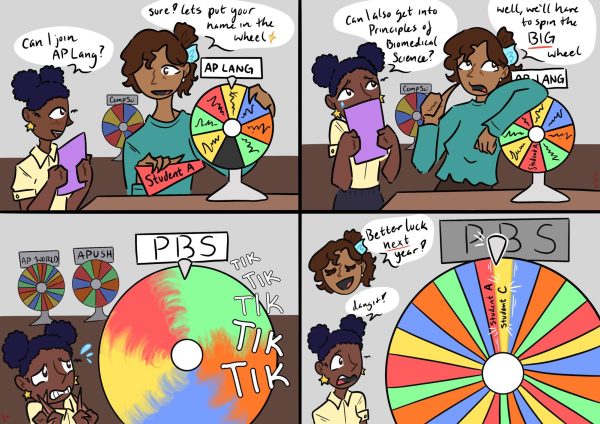We are desensitized to regular gun violence
Gun violence has taken the entire country by storm in the past couple of years. Sadly, more and more students have to cope with the reality of school shootings.
Whether it is through the news, school shooting drills, or political discourse, all students in our nation have experienced significant exposure to the situation. So much so that the possibility of school shootings have been integrated into our way of thinking.
Twenty years ago, this wasn’t the case. Guns and school campuses were not words associated with one another. The potential of tragic incidents happening in schools, or the possibility that one day such an event could entirely shake the roots of the community, was never considered.
Fast forward to 2018 and the statistics show everything you need to know.
In the 2015-2016 school year, the U.S. Education Department said that nearly 240 schools in the nation reported at least one incident involving a school-related shooting, according to National Public Radio.
In a Washington Post article in February, it was reported that at least seven school shootings had already occurred.
That’s almost one reported school shooting per week.
With the rise of the gun violence epidemic, it is unfortunate to come to the conclusion that we, as a nation, have started to become more and more desensitized to the subject.
When the information about the latest tragic occasion as a result of gun violence hits the news we are mournful, but we are no longer in shock. Sadly, we have seen it all before.
But what about kids across the world? Are we all in the same boat?
Perhaps we share the same qualms, the same realities.
This couldn’t be further from the truth.
It is known for a fact that students in other countries haven’t been influenced by the crisis that gun violence has on American students.
When the Academy for Critical Incident Analysis collected data on school violence around the world, they came to the conclusion that within thedecade of 2000, 78 incidences of gun related atrocities (which resulted in two or more victims) have occurred.
Of those 78, more than half occurred in the U.S.
The difference in the perspectives that students from our nation versus students in an Eastern country hold is immediately obvious.
As students everywhere should feel, they are more often comforted by the safety that schools provide rather than the threats they can pose.
And this is how it should be.
We shouldn’t have to be slowly desensitized to these life-altering incidents. We shouldn’t have to be afraid that the place where we spend more than 50 percent of our day doesn’t provide us enough security.
We need to be instilled with the notion that our schools are meant to be safe places for education.

